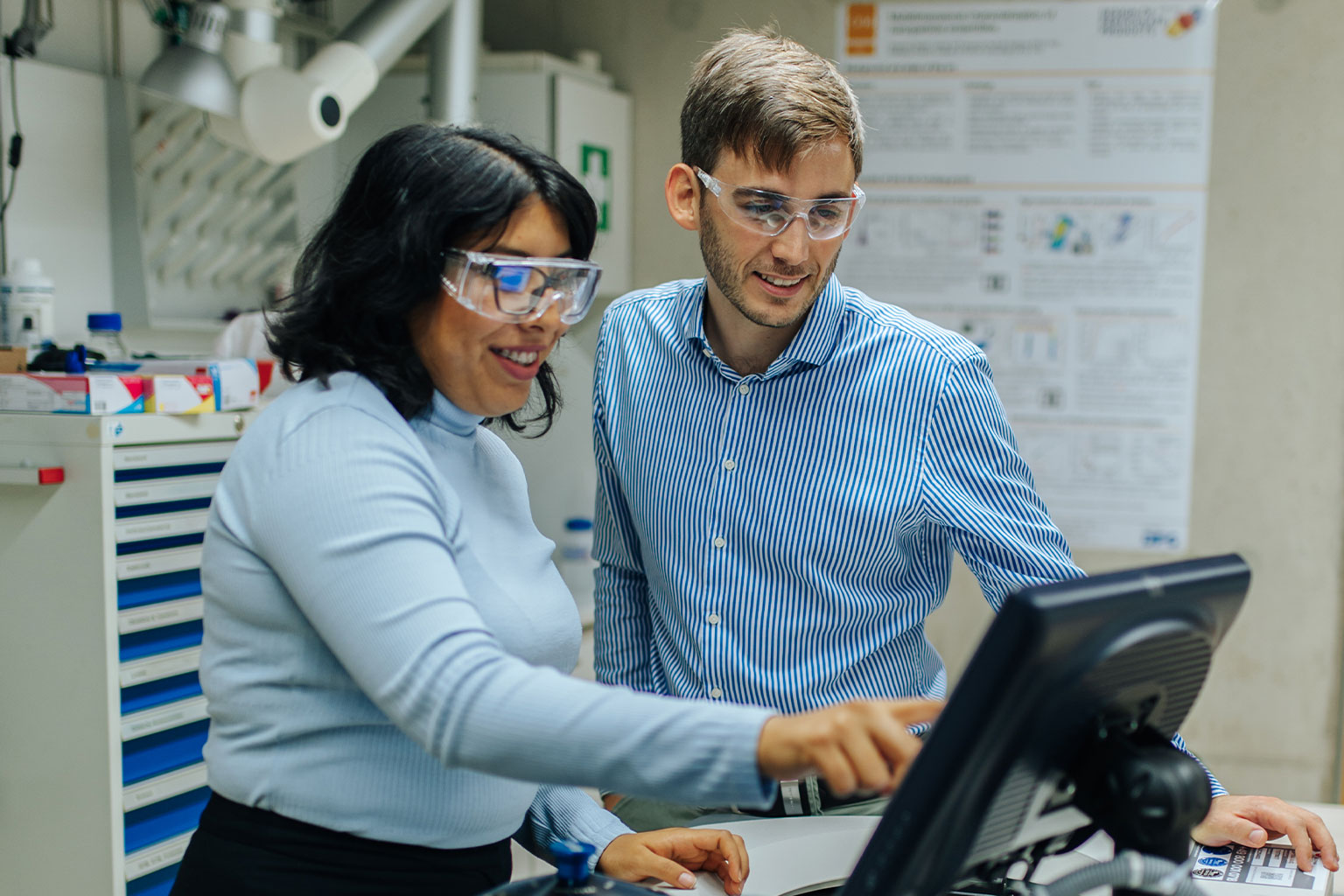Commercializing ideas and inventions
FAU has always been home to inventors. Many things we take for granted today were either invented by scientists at FAU or would not have been possible without their initial research: the MP3 format, computer tomography, the first synthetic painkiller Antipyrine, endoscopy or the hydrogen carrier LOHC are just a few of the many examples. […]FAU has always been home to inventors. Many things we take for granted today were either invented by scientists at FAU or would not have been possible without their initial research: the MP3 format, computer tomography, the first synthetic painkiller Antipyrine, endoscopy or the hydrogen carrier LOHC are just a few of the many examples. […]


